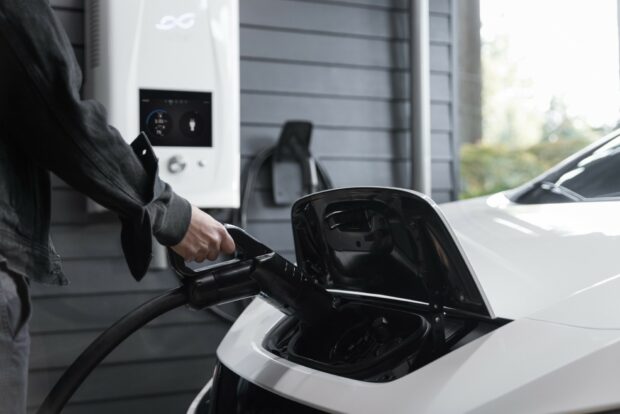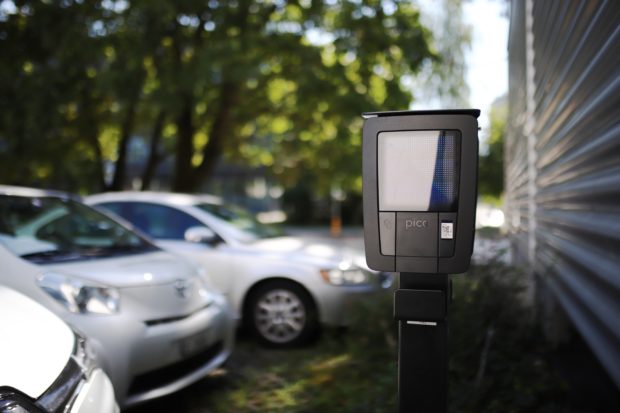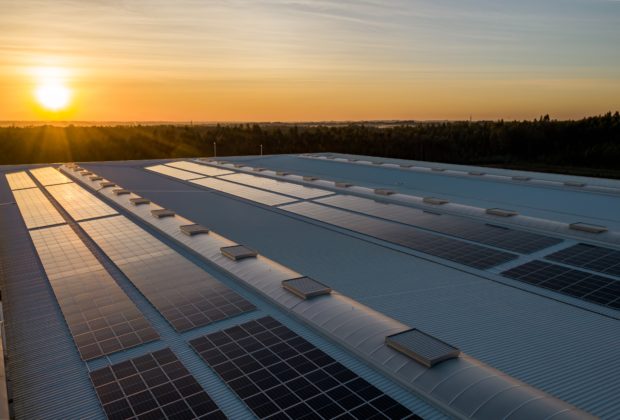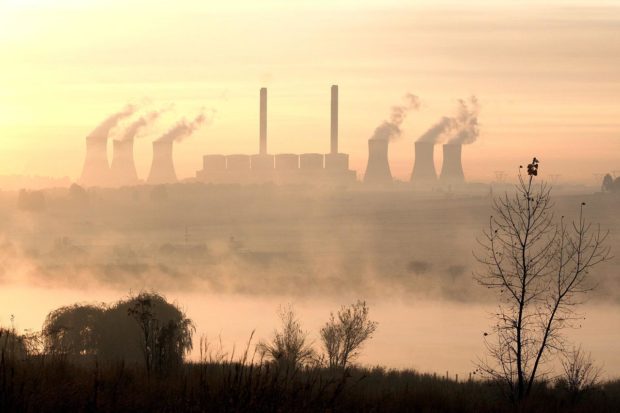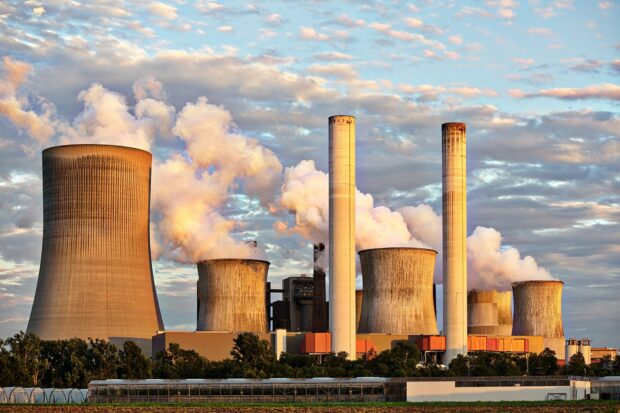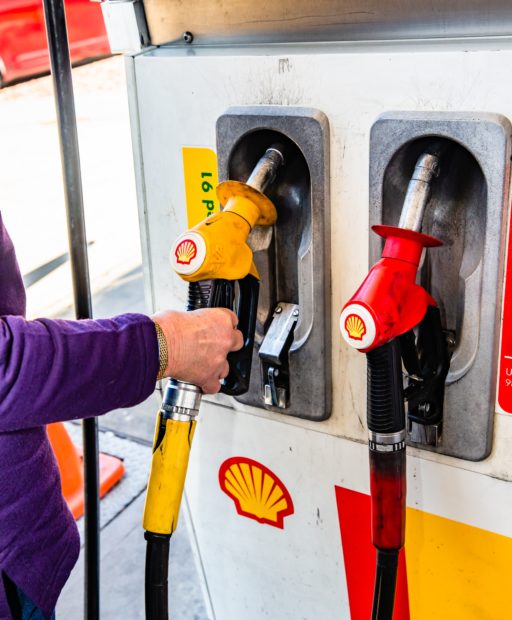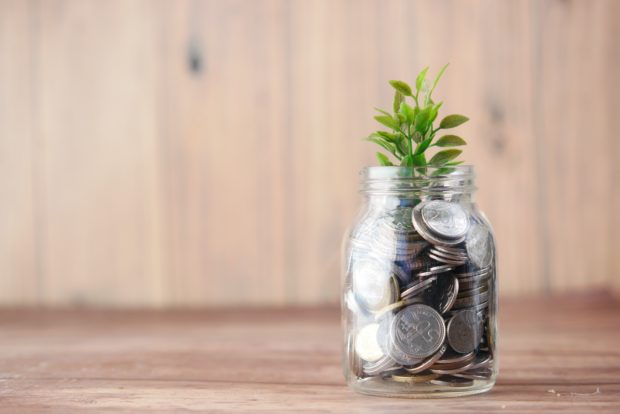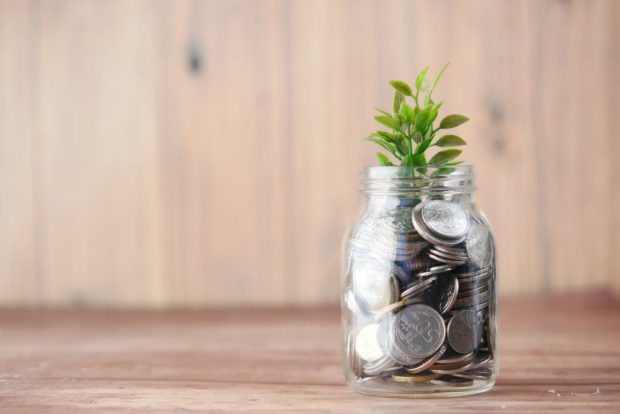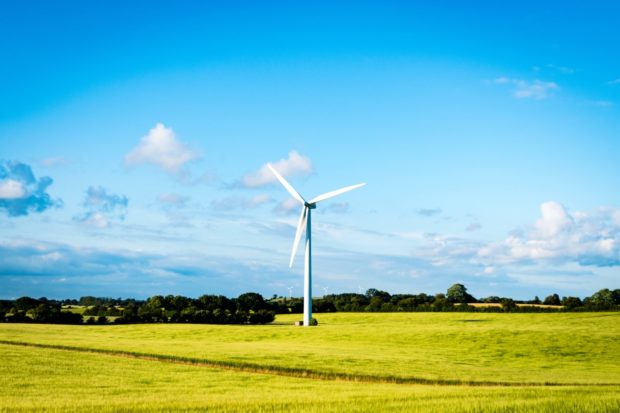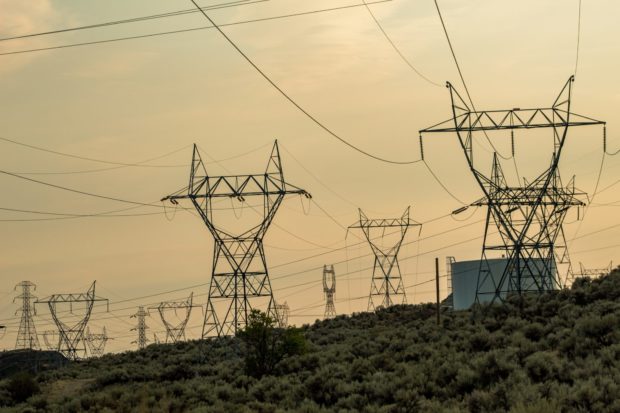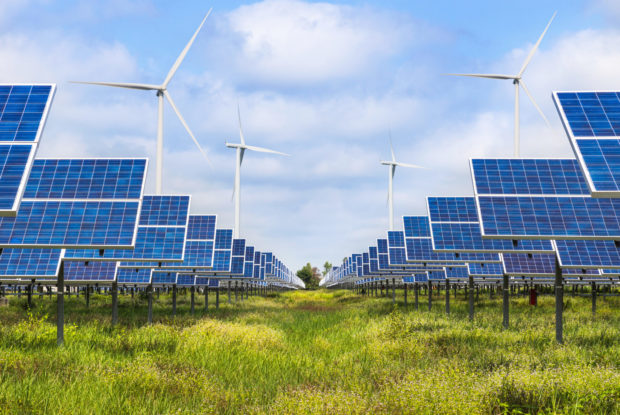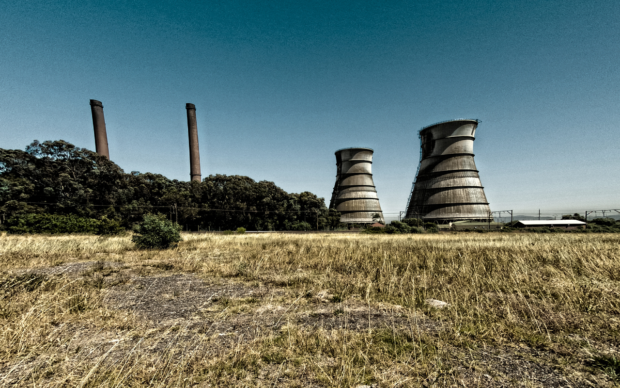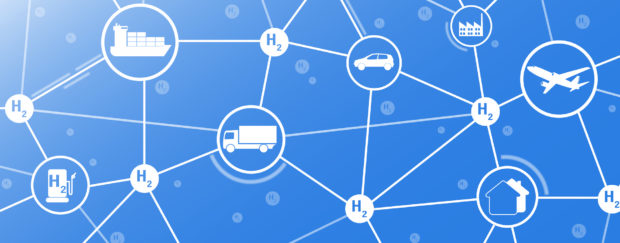Archive: Renewable energy
South Africa’s car manufacturing industry can remain a key contributor to the economy if it pivots to electric as soon as possible.
Electric vehicles are becoming increasingly popular. Here are the upfront and ongoing costs to expect if you make the shift.
Lower running and maintenance costs mean EV ownership can prove an excellent investment, particularly as more affordable models become available.
Renewable energy investment could go a long way to filling the gaps caused by retiring coal-fired power plants and would reduce the need for load shedding.
South Africa’s cabinet has approved the $8.5 billion (R155 billion) plan to help the country transition away from fossil fuels.
Mpumalanga province is not typically known for wind and solar generation, but there are major advantages to encroaching on coal country.
South Africans have welcomed another month of much-needed relief at the petrol pump. But, the diesel price per litre is reversing the trend and has become more expensive. Why?
Renewable energy funds are a vital tool for South Africa’s green energy transition. They can pay for everything from infrastructure upgrades to mine rehabilitation.
Energy is essential for the functioning of any modern economy. South Africa’s Central Energy Fund (CEF) does the vital job of maintaining that energy supply.
Since 2003, the South African government has been funding free electricity for the poorest households. This is because it recognises that poverty is a barrier to electricity access.
COP26 saw South Africa make a public commitment to greening its economy. But, can non-renewable resources be part of this transition?
Our fossil fuel energy system comes at a massive cost. Climate change is causing extreme temperatures, drought and catastrophic flooding.
The mission of the Department of Energy is to “regulate and transform the sector for the provision of secure, sustainable and affordable energy”.
This phase-down of coal will bring significant changes to South Africa. This makes the need for a just transition away from coal fundamental to ensure no one is left behind.
Coal’s dominance in South Africa’s electricity mix – totalling 90 per cent of electricity generation – means the rising price of coal is making bills more expensive.
The National Energy Regulator of South Africa (NERSA) is the regulatory body for the country’s energy industries. It regulates the electricity, gas and petroleum pipeline industries.
Transportation has a significant impact on climate change, and biofuel could be one of the solutions.
South Africa’s Low Emission Development Strategy 2050 is the country’s most recent emissions reductions plan.
Experts say that hydrogen is one answer to South Africa’s greenhouse gas emissions problem.
South Africa’s Low Emission Development Strategy 2050 is the country’s most recent emissions reductions plan.

